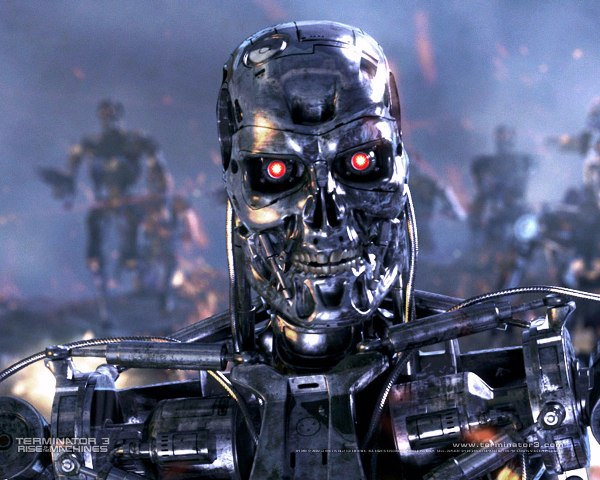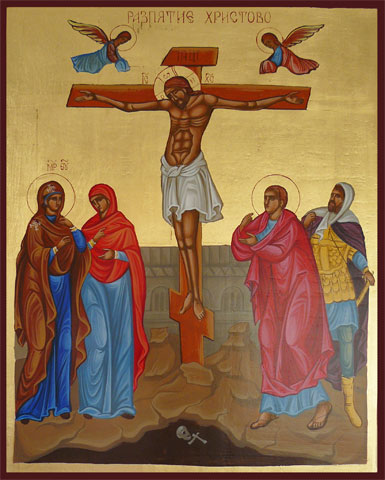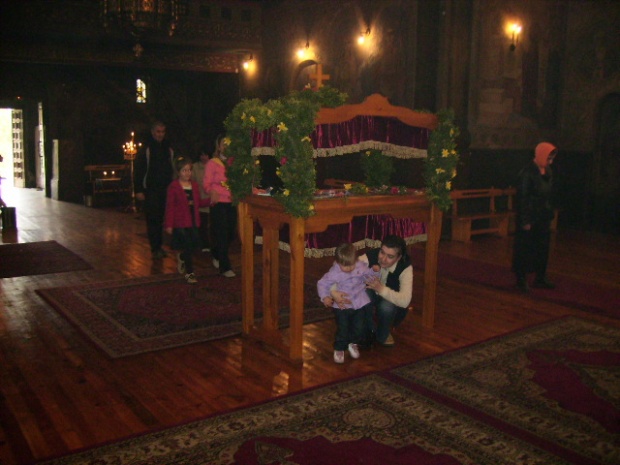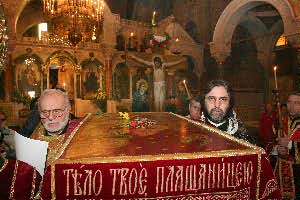
According to latest scientific research conducted in Stanford University USA .
People who actively use computers and internet has been the object of the research in 2009.
Social Networks, Tablets Smartphones etc. provides more and more possibilities for us to access information.
Most of modern people today tend to loose approximately between 8 and 10 hours a day either using Internet, a PC, Word-excel, their mobile phone or some kind of other mobile gadget like let’s say IPAD.
Most of today’s technologic goods we use to make our lives easier are multitasking.
The brain itself is not adjusted to work in such a multi-tasking mode as a direct consequence of being in contact with this multi-tasking for a long periods of time it gets altered.
Suddenly it starts being multitasking, or in other words starts processing information in parallel.
As the amount of information is constantly increasing online and we’re in contact with more and more information and moreover the altered way of our brains which starts working in multi-tasking the brain-overflows or (information brain overlow) is starting being more and more occuring event.
The consequence of this complexity is starting to impact us seriously as we tend to get addicted to technology usage and day by day it seems that the amount of information our brains are able to process is decreasing.
Logically enough the long-term consequence of a an internet addiction or any kind of technology addiction, plus the tremendous amounts of information we do think over daily is starting to show up the negative consequences on our psyche and (soul)
The brain starts changing the way it gets information as it adapts itself to “not remember”, as the information to be processed daily is so much that it couldn’t really comprehend it.
A good example for multi-tasking which if not all most of the users on the Internet today use daily is one of terriblest things ever created facebook, in my of my previous articles I’ve blogged about why social networks are big evil read it here and it seems this new information about brain altering caused bhy multi-tasking is just another supporting reason on why it’s better not to use social networks like facebook and twitter.
The endless amount of information according to the Stanford University research has prooven that the endless amount of information is pernicioufor our (brains) minds and is in many ways similar to the excessive amount of sugar in the body.
The scientiests which conducted the research does recommend to heavy computer and tech users (like me), to self-control themselves and be on a tech-diet (e.g. not use technology completely for at least 1 or 2 days every week).
Another serious damage which was prooven according to Stanford’s scientiests research was that people’s brains who have a severe exposure to internet or phone usage tend to have very serious problems with contentration and are very easily distracted.
This in a long term surely leads to a chaotic way of living obviously.
Suddenly it seems technology to be slowly becoming even more deadly and destructive than drugs.
Many people would say this kind of research is not true, but I can confirm that for instance many of the proven facts are things I have experiences myself in my daily life, so I believe what the research has prooven is mostly true.
This research was just another one after a month before other scientiests has prooven that Mobile Phone use leads to alteration of the brain chemistry
Apart from all the said negative consequences of use of technology for human brain is the problem with technology today heavily used as a way to spy on personal privacy I wonder be glad to hear in the comments section for other people like me who have problems with concentration and have a very short time memory (I myself have serious problem with that one).








